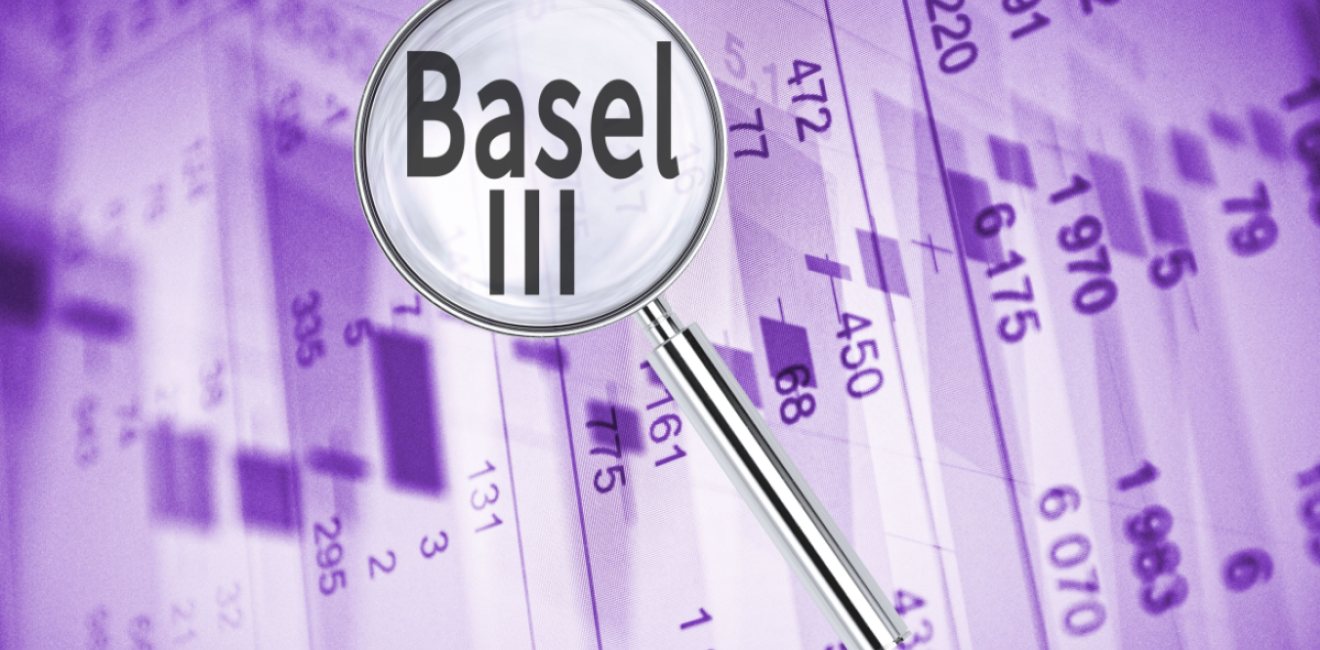The global economy needs to completely transform itself over the next two decades. We need to comprehensively retrofit, remodel, and construct our economic system to achieve our net zero and sustainable development goals. It is a herculean task that will require unprecedented levels of compromise, cooperation and importantly, investment.
Sustainable infrastructure is the backbone to this transformation. We’ll need to retrofit our buildings to make them more energy efficient and resilient to increased weather events. We must remodel our systems of transportation so that we can move from A to B with zero emissions. We’ll have to construct infrastructure that can protect our coastal communities from sea level rise while restoring nature to rebuild species fundamental for the planet’s well-being, such as bees.
If that seems like a big task, imagine undertaking it from an Emerging Market or Developing Country (EMDC). EMDC’s have the additional challenge of trying to move many of their people out from poverty and build sustainable, inclusive, and resilient economic systems. In Africa, for example over 50% of the population still lives without access to electricity and there is limited domestic financial capacity to address it.
Investment is key to unlocking the transformation we require. The need is enormous and growing. The gap between infrastructure investment and need is approximately US$ 3 trillion per annum, roughly equivalent to the entire economic output of the United Kingdom – the world’s sixth largest economy. The good news is that the world has the capital to achieve this. The United Nations Development Program (UNDP) estimates that there is approximately US$430 trillion in global wealth. The challenge is getting the capital from where it is to where it’s needed. With Government balance sheets at capacity, there are huge efforts underway to mobilize private capital to fill this gap. For these efforts to bear fruit, we must build an economic framework to enable this.
The reason why we haven’t been successful in mobilizing capital at the scale we require comes down to risk vs. reward. The perception from investors that the risk is too high for many of these investments and the rewards too low, particularly in EMDCs. In many cases, this is true. There are huge efforts underway to address this piecemeal, project by project, instrument by instrument, platform by platform but few which seek build a global framework to unlock capital at scale. One area that must be addressed to succeed at mobilizing private capital at scale is Basel III banking regulations.
What is Basel III?
“Basel III” refers to the reforms proposed by the Bank for International Settlements (BIS) in response to the Global Financial Crisis of 2007-08. Basel III addresses shortcomings with the global financial system prior to the crisis to create a more resilient and stable banking system. These reforms are slowly being implemented by central banks across the globe, including in the US. The reforms require larger capital reserves (among additional requirements) for banks with US$100 billion more in assets. Increasing the stability and resilience of the global banking system is a noble and necessary goal, particularly given some of the cracks we’ve seen in recent years with the collapse of Silicon Valley Bank, Credit Suisse and First Republic Bank.
The Unintended Consequences of Basel III
The Basil II are strengthening bank balance sheets, however, these reforms are also making cross border lending by banks for EMDC infrastructure more risky and less rewarding with devastating consequences.
Banks are the largest source of private sector investment in infrastructure and are less expensive than other forms of private capital. Since the Basel III reforms have begun implementation cross-border investment from global banks into EMDCs has decreased to levels not seen since the early 2000s. This is a huge problem because most private capital is housed in developed economies and must travel across borders to invest in EMDCs. The challenge is that Basel III wasn’t designed with infrastructure investment in mind. As such, it fails to account for the lower risk and greater performance of infrastructure, as my former colleague, G20 Global Infrastructure Hub Senior Economist, Manpreet Juneja, outlines here. This results in higher capital charges which in turn has disincentivized banks from investing in infrastructure in EMDCs.
The Global Infrastructure Hub estimates that if Basil III’s stardards reflected infrastructure’s historical credit performance, capital charges could be reduced by an 60% - 70% for banks.
The Strategic Imperative for the US to Act
This is a huge structural problem at a time when we are trying to mobilize record levels of private investment for our transformative net zero and sustainable development goals. The alarm bells should be ringing across the globe. But they aren’t… The G20 is the only global body that can direct the Bank of International Settlements to act. Despite efforts to encourage G20 Finance Ministers and Central Bank Governors (FMCBG) to move on this issue, it has yet to be meaningfully taken up. These reforms will take time to strike the right balance between financial stability and infrastructure investment. But as the impressive historical performance of infrastructure shows, this can be done. We must move carefully but quickly.
The geopolitical stakes for the US are high. As the world’s largest economy, home to the world’s largest reserves of private capital, the US stands to benefit from private investment in infrastructure economically, politically and strategically. This is an opportunity for the US to catalyze its private capital mobilization and demonstrate to EMDCs that it can be partner of choice for infrastructure investment. It’s a huge task and the stakes are high. As my colleague Sam Barr outlines, private capital mobilization isn’t the only choice out there. China’s Belt and Road Initiative has been rebooted and can offer investment quicker and with less strings than western investment. The future of investment flows, economic ties and the global economic architecture is at stake.
The US Government, through the US Treasury, can push to make this an agenda item at the upcoming G20 FMCBG in Washington DC. The US will again host the G20 in 2026. The time between now and 2026 offers time for the BIS to announce the necessary changes to Basel III during the US G20 Presidency. It’s an opportunity for a much-needed G20 good news story while on home soil. Most importantly, it’s an opportunity to create an economic framework to catalyze private capital investment in infrastructure. That’s good for the US, good for emerging markets and good for the planet. The time to act is now.
Author

Director of Infrastructure Policy Advancement, Bentley Systems

Wahba Institute for Strategic Competition
The Wahba Institute for Strategic Competition works to shape conversations and inspire meaningful action to strengthen technology, trade, infrastructure, and energy as part of American economic and global leadership that benefits the nation and the world. Read more





